In today’s global marketplace, container shipping plays a crucial role in facilitating international trade, particularly for businesses importing goods from China to Canada. Navigating the complexities of shipping costs is vital for making informed decisions that optimize logistics and enhance profitability. This guide explores the key factors influencing container shipping costs, including shipping routes, container sizes, and transport modes. By gaining a deeper understanding of these elements, importers can develop strategies to manage expenses effectively and ensure timely deliveries, ultimately supporting their business growth and success in the competitive landscape.
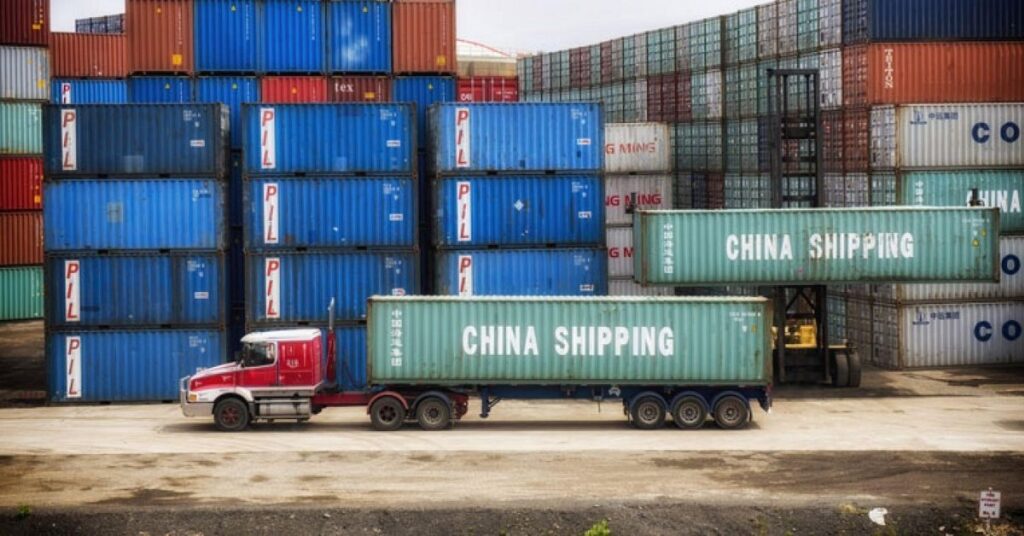
Key Factors Influencing Shipping Costs
Understanding the cost structure of shipping containers requires a comprehensive analysis of various factors that impact pricing. Below are the principal elements that shape container shipping costs from China to Canada.
Shipping Route and Distance
The shipping route and distance significantly affect container shipping costs. Shipping lanes from China to major Canadian ports such as Vancouver, Toronto, and Montreal involve varying distances and transit times.
| Port of Departure | Destination Port | Approximate Distance (nautical miles) | Estimated Transit Time (days) |
|---|---|---|---|
| Shanghai | Vancouver | 5,000 | 12-15 |
| Shenzhen | Toronto | 6,000 | 15-18 |
| Ningbo | Montreal | 6,500 | 16-19 |
The above table illustrates how different departure points in China can lead to diverse shipping expenses and delivery timelines. Factors such as port congestion, weather conditions, and shipping company practices can further affect both distance and timing, which ultimately plays a role in cost.
Container Size: 20ft vs. 40ft
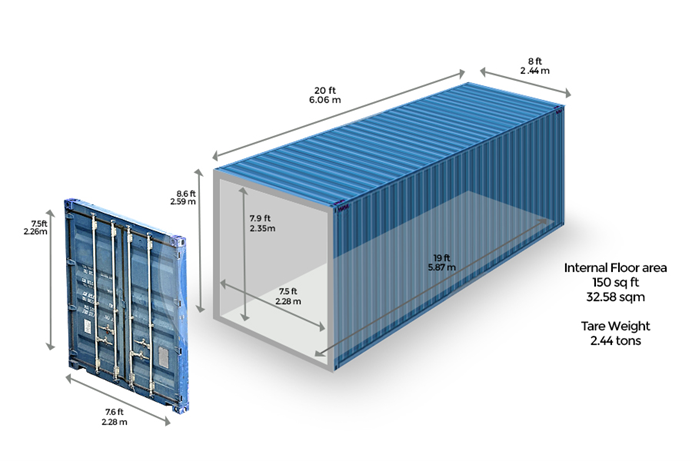
The size of the shipping container also has a substantial impact on shipping costs. Typically, containers come in two standard sizes: 20-foot (TEU) and 40-foot (FEU).
| Container Size | Approximate Volume (CBM) | Typical Use Cases | Cost Estimation (USD) |
|---|---|---|---|
| 20ft | 33 CBM | Small shipments, limited cargo | $1,500 – $3,000 |
| 40ft | 67 CBM | Larger shipments, bulk goods | $2,500 – $5,000 |
In general, the 40-foot container offers a better cost per cubic meter ratio than the 20-foot container, making it ideal for larger shipments. However, for smaller imports, a 20ft container might be more cost-effective despite the higher per-unit shipping rate.
Mode of Transport: FCL vs. LCL
The choice of shipping mode—whether Full Container Load (FCL) or Less than Container Load (LCL)—also plays a crucial role in determining shipping costs.
- FCL involves shipping a full container dedicated to one shipper’s cargo. This method can result in lower costs per unit, particularly for substantial shipments, as the shipper is responsible for all container space.
- LCL, on the other hand, allows multiple shippers to share container space, making it a viable option for smaller shipments. However, this can lead to higher shipping rates per unit due to additional handling and administrative costs.
| Shipping Mode | Cost Effectiveness | Best Use Case |
|---|---|---|
| FCL | More cost-effective for larger shipments | Bulk imports, businesses with high volume |
| LCL | Generally more expensive per unit | Small, sporadic shipments |
In choosing between FCL and LCL, businesses must assess their shipment volume and frequency. While LCL can reduce upfront costs, it may lead to higher expenses in the long run due to the additional handling needed.
Additional Considerations
Beyond the aforementioned factors, other elements can influence shipping costs significantly:
- Customs Duties and Taxes: Import duties vary based on the product type and its origin. Understanding the Customs Clearance process is crucial for accurate budgeting.
- Insurance Services: Protecting your cargo through Insurance Services may add additional costs but provides peace of mind in case of loss or damage.
- Warehouse Services: The need for Warehouse Services can impact logistics costs, particularly if delays occur at ports or during transit.
To navigate the complexities of container shipping from China to Canada effectively, partnering with an experienced freight forwarder such as Dantful International Logistics can streamline the process. With a highly professional, cost-effective, and high-quality one-stop international logistics service, Dantful ensures that your shipments are handled with care and precision, making your importing experience smoother.
For comprehensive shipping solutions, including Door to Door Shipping and Customs Clearance, consider leveraging Dantful’s expertise in the logistics industry. Explore their services and optimize your shipping strategy today.
Dantful International Logistics Services:
- Dantful Ocean Freight Services
- Air Freight From China
- Amazon FBA Freight Forwarding
- WAREHOUSE Services
- One-Stop Customs Clearance Solution
- Cargo Insurance Services in China
- DDP Shipping Services By Dantful Logistics
- Out of Gauge Cargo Transportation Shipping Services
Shipping Costs for Containers from China to Canada
Understanding the shipping costs associated with containers from China to Canada is essential for businesses looking to import goods efficiently. This section provides a detailed analysis of expenses related to both 20 ft and 40 ft containers, alongside a comparison of Full Container Load (FCL) and Less than Container Load (LCL) shipping costs.
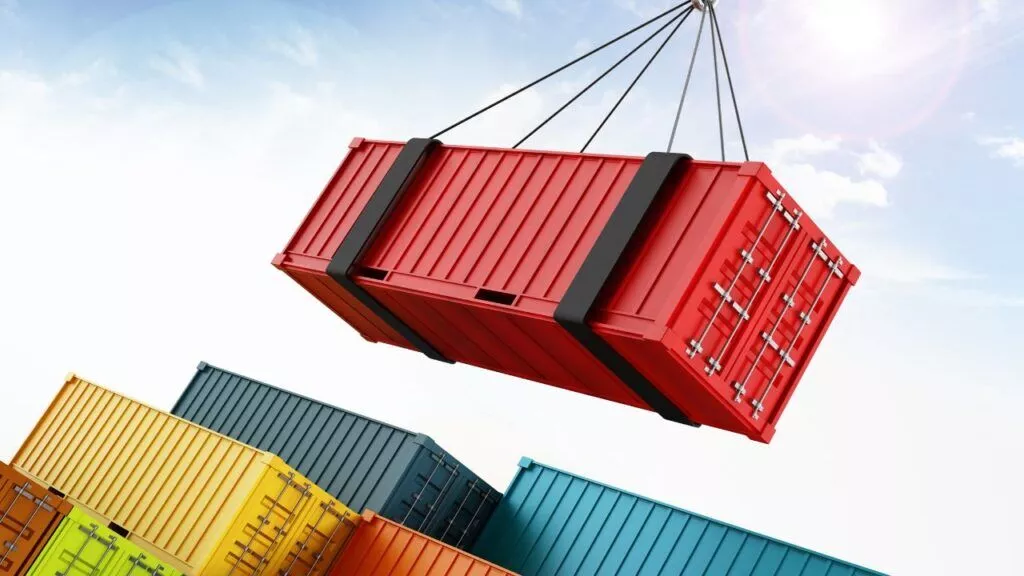
20 ft Container Shipping Cost from China to Canada
When shipping goods in a 20-foot container, several factors influence the overall cost. The size and weight of the cargo, shipping route, and the mode of transport are key components that determine the final price.
Cost Breakdown for 20 ft Containers
| Cost Component | Estimated Cost (USD) |
|---|---|
| Freight Cost | $1,500 – $3,000 |
| Port Fees and Handling Charges | $300 – $600 |
| Customs Duties (varies by product) | 5% – 10% of the cargo value |
| Insurance Services | $100 – $300 |
| Additional Charges (e.g., storage) | $150 – $300 |
The shipping cost for a 20 ft container typically ranges from $1,500 to $3,000, depending on the shipping route, time of year, and specific shipping company. Additional costs, such as Port Fees and Handling Charges, can add $300 to $600 to the overall expenditure. Import taxes and customs duties vary by product type, further impacting the total shipping expense.
40 ft Container Shipping Cost from China to Canada
Shipping costs for 40-foot containers differ notably from their 20-foot counterparts. The larger size usually allows for a more cost-effective rate per cubic meter, which is beneficial for businesses with larger shipments.
Cost Breakdown for 40 ft Containers
| Cost Component | Estimated Cost (USD) |
|---|---|
| Freight Cost | $2,500 – $5,000 |
| Port Fees and Handling Charges | $400 – $800 |
| Customs Duties (varies by product) | 5% – 10% of the cargo value |
| Insurance Services | $150 – $400 |
| Additional Charges (e.g., storage) | $200 – $400 |
The total cost for shipping a 40 ft container typically ranges from $2,500 to $5,000. Port fees and handling charges are generally higher for larger containers, averaging between $400 and $800. As with the 20 ft container, customs duties and insurance services also apply, adding to the overall expense.
Comparison of FCL and LCL Shipping Costs
When importing goods, businesses often need to choose between Full Container Load (FCL) and Less than Container Load (LCL) shipping. The decision significantly influences the cost structure.
| Shipping Method | Cost Efficiency | Typical Use Cases |
|---|---|---|
| FCL | More economical for larger shipments | Ideal for bulk imports, lower cost per unit |
| LCL | Generally higher per unit cost | Suitable for smaller, sporadic shipments |
FCL vs. LCL Cost Insights
-
FCL: Opting for FCL is usually more cost-effective for businesses with high-volume shipments, as it provides a fixed rate for the entire container. This method also reduces the risk of delays associated with coordinating multiple shippers.
-
LCL: Although LCL can be less expensive upfront, the cost per unit is often higher due to additional handling and logistics management. Businesses that do not require a full container may still find LCL a viable option, especially for smaller or irregular shipments.
READ MORE:
- Shipping From China to the United States
- Shipping From China TO Canada
- Shipping From China TO Mexico
- Shipping From China to Panama
- Shipping From China to Costa Rica
- Shipping From China to Brazil
- Shipping From China TO Colombia
- Shipping From China to Jamaica
- Shipping From China to Venezuela
Additional Fees and Charges
Understanding the full spectrum of costs also requires awareness of various additional fees that can arise during shipping.
Port Fees and Handling Charges
Port fees and handling charges are incurred when containers arrive at ports in Canada. These fees can vary significantly based on port location and the specific services required. Typical charges may include:
- Receiving and unloading costs
- Storage fees for containers held at the port
- Documentation fees for processing shipping documents
Customs Duties and Taxes
Customs duties and taxes are critical elements to consider when calculating total shipping costs. These fees are assessed based on the value of the imported goods and can vary depending on the product category. Importers need to be aware of specific duty rates and ensure compliance with Canadian customs regulations to avoid unexpected charges.
| Duties and Taxes | Estimated Rates (%) |
|---|---|
| General Import Duty | 5% – 10% of the cargo value |
| GST (Goods and Services Tax) | 5% |
| PST (Provincial Sales Tax – varies by province) | 0% – 10% |
Importers can mitigate customs duties by ensuring that all documentation is in order and that products comply with Canadian regulations. Consulting with a freight forwarding expert, like Dantful International Logistics, can aid in navigating these complexities effectively.
By leveraging the expertise of Dantful, businesses can gain insights into optimizing their shipping strategies, ensuring cost-effective and efficient imports from China to Canada. For more information on comprehensive logistics solutions, including Warehouse Services and Insurance Services, explore Dantful’s offerings today.
Shipping Time from China to Canada
When importing goods from China to Canada, understanding the shipping time is crucial for effective supply chain management. This section examines average transit times for sea freight, along with various factors that can affect shipping durations.
Average Transit Times for Sea Freight
The transit time for shipments from China to Canada varies based on the chosen shipping route, port of departure, and destination. Here’s an overview of average shipping times for sea freight:
| Port of Departure | Destination Port | Average Transit Time (Days) |
|---|---|---|
| Shanghai | Vancouver | 12-15 |
| Shenzhen | Toronto | 15-18 |
| Ningbo | Montreal | 16-19 |
| Xiamen | Calgary | 18-21 |
| Guangzhou | Halifax | 20-23 |
The table illustrates typical transit durations for major routes. Factors such as vessel schedules and weather conditions can cause variations in these times.
Factors Affecting Shipping Duration
Several elements can influence the overall shipping duration from China to Canada:
-
Port Congestion: Busy ports can experience delays during peak seasons. High volumes of cargo can lead to longer unloading times and delays in processing shipments.
-
Customs Clearance: Each shipment must go through customs inspections, which can vary in duration. Delays can occur if documentation is incomplete or if additional inspections are required.
-
Weather Conditions: Adverse weather, such as storms or typhoons, can lead to rerouted vessels or delays in transit times.
-
Shipping Lane Selection: Different shipping lanes can have varying transit times. Some routes may prioritize speed while others focus on cost savings, affecting how quickly goods arrive in Canada.
-
Vessel Speed: The speed of the container ship is also a determinant of shipping time. Faster vessels may incur higher costs but can significantly reduce transit times.
-
Handling and Loading Times: The efficiency of loading and unloading operations at both the port of departure and the destination can impact overall shipping duration.
You may be interested in the following related articles:
- Understanding International Shipping Timelines from China to the US
- Ultimate Guide to Shipping from China to Mersin: Costs, Timeframes, and Tips
- Door to Door Shipping from China to Guatemala: A Step-by-Step Process
- Discover the Cheapest Shipping Company from China to Belarus
- Freight Forwarder from China to Libya: Tips for Smooth Shipping
- The Ultimate Guide to Container Shipping Costs from China to UAE in 2024
Tips for Reducing Container Shipping Costs
Minimizing shipping costs is a crucial factor for businesses aiming to maintain competitiveness. Here are effective strategies to help reduce container shipping expenses.
Choosing the Right Freight Forwarder
Selecting an experienced and reliable freight forwarder can make a significant difference in shipping costs. Here are some considerations:
-
Compare Rates: Obtain quotes from multiple freight forwarders and compare their services and pricing. Look for hidden fees that might affect the final cost.
-
Experience and Expertise: Choose a forwarder with expertise in shipping from China to Canada. They should be familiar with customs regulations and the best shipping routes.
-
Service Offerings: Evaluate the comprehensive services offered by the freight forwarder, including Customs Clearance, Insurance Services, and Warehouse Services. An all-inclusive service can help streamline operations and reduce costs.
-
Customer Support: Ensure that the freight forwarder provides robust customer support and communication. This is essential for addressing any issues that may arise during the shipping process.
Consolidating Shipments for Cost Efficiency
Consolidating shipments can significantly reduce shipping costs. Here’s how to do it effectively:
-
Group Orders: Whenever possible, combine multiple orders into one shipment. This approach maximizes container space and minimizes costs associated with multiple shipments.
-
Use Less than Container Load (LCL): If you cannot fill an entire container, consider using LCL shipping. This option allows you to share container space with other shippers and can lead to cost savings.
-
Plan Shipment Timing: Schedule shipments during off-peak seasons when rates are generally lower. Avoiding peak shipping times can help reduce costs and minimize delays.
-
Negotiate with Suppliers: Work with your suppliers to establish more frequent, larger shipments. This strategy can lead to better rates and improved shipping efficiency.
By implementing these strategies, businesses can optimize their container shipping processes, reducing costs while ensuring timely deliveries. Partnering with a trusted logistics provider such as Dantful International Logistics can further enhance these efforts, providing tailored solutions to meet your shipping needs. Explore the range of services offered by Dantful to optimize your logistics strategy and effectively manage costs.
Here are some frequently asked questions (FAQs) based on the content provided regarding container shipping costs from China to Canada:
FAQ
1. What factors influence the shipping costs from China to Canada?
Shipping costs are influenced by several key factors, including:
- Shipping Route and Distance: Different ports have varying distances and associated costs.
- Container Size: Costs differ between 20-foot and 40-foot containers, with larger containers typically offering better cost per cubic meter.
- Shipping Mode: Full Container Load (FCL) is usually more economical for large shipments, while Less than Container Load (LCL) may be more suitable for smaller, sporadic shipments.
- Customs Duties and Taxes: Duties vary based on the product type and value, affecting overall costs.
- Additional Services: Costs for Insurance Services, Warehouse Services, and Customs Clearance also play a role.
2. What are the estimated costs for shipping 20 ft and 40 ft containers from China to Canada?
- 20 ft Container: Shipping costs typically range from $1,500 to $3,000, depending on various factors such as shipping route and handling fees.
- 40 ft Container: Costs are generally higher, estimated between $2,500 and $5,000.
3. How long does it take to ship containers from China to Canada?
Average shipping times vary by route but generally range from 12 to 23 days, depending on the port of departure and destination. For example, shipping from Shanghai to Vancouver can take 12-15 days, while shipments from Guangzhou to Halifax may take 20-23 days.
4. What additional fees should I expect when shipping from China to Canada?
Importers should be prepared for various additional fees, including:
- Port Fees and Handling Charges: Typically range from $300 to $800 depending on container size.
- Customs Duties and Taxes: Generally between 5% and 10% of the cargo value, plus applicable GST and PST.
- Insurance Costs: Ranging from $100 to $400 depending on the value of the cargo.
5. How can I reduce my container shipping costs?
To minimize shipping expenses, consider the following strategies:
- Choose the Right Freight Forwarder: Compare rates and services, focusing on their experience with China to Canada shipping.
- Consolidate Shipments: Group multiple orders into one shipment or use LCL to share container space.
- Plan Shipments Wisely: Schedule shipments during off-peak times to take advantage of lower rates.
- Negotiate with Suppliers: Work with suppliers to arrange for larger, more frequent shipments.

Young Chiu is a seasoned logistics expert with over 15 years of experience in international freight forwarding and supply chain management. As CEO of Dantful International Logistics, Young is dedicated to providing valuable insights and practical advice to businesses navigating the complexities of global shipping.



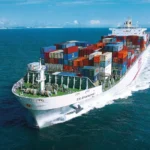

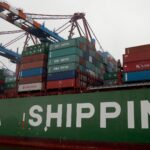




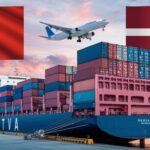
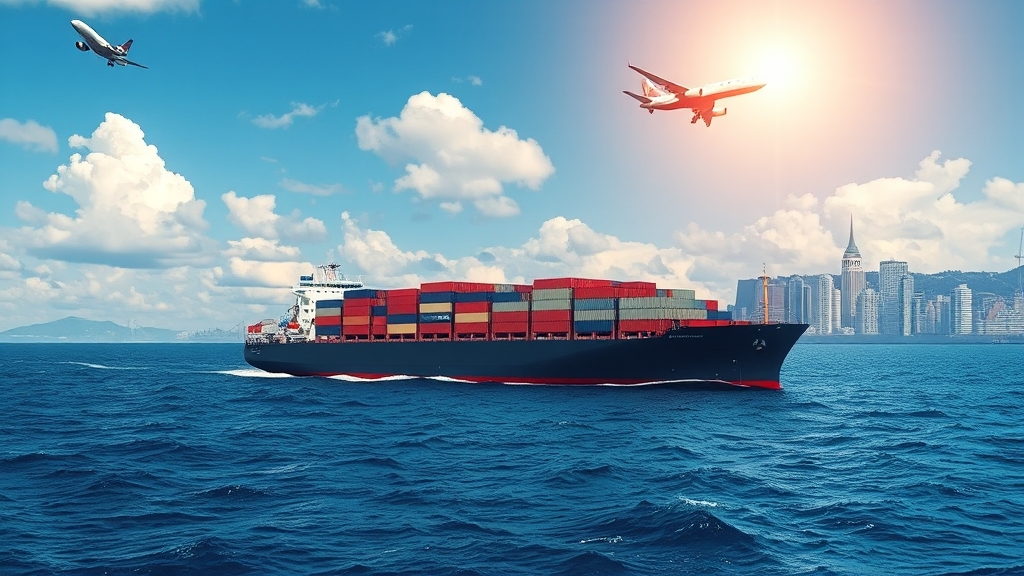

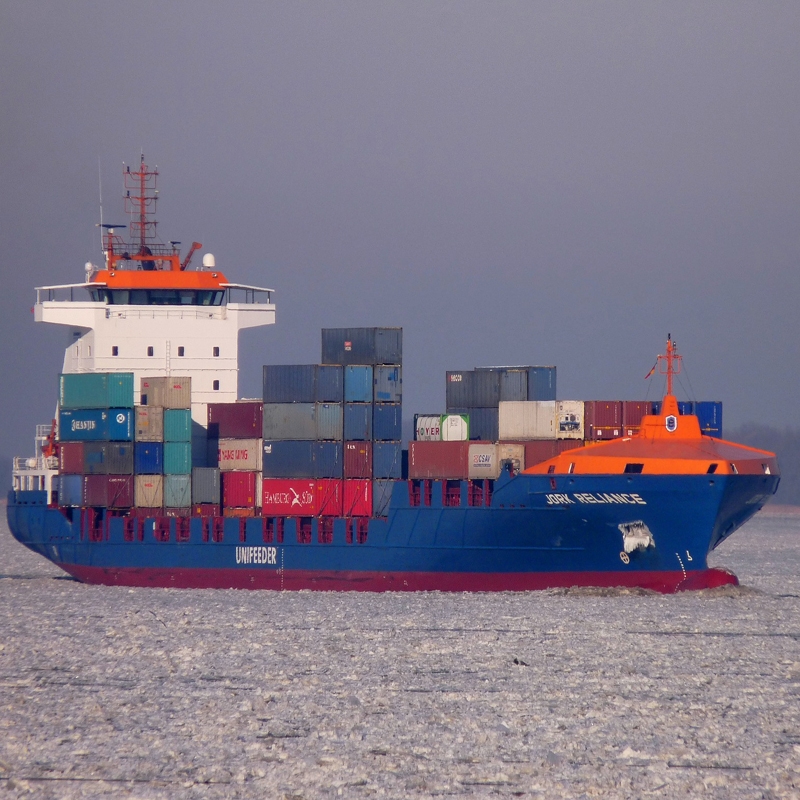
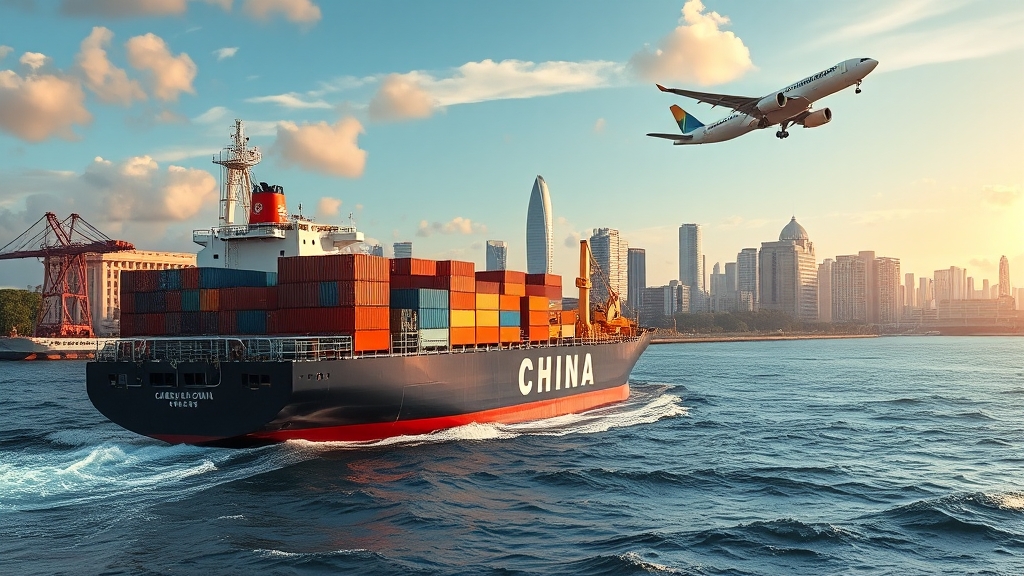
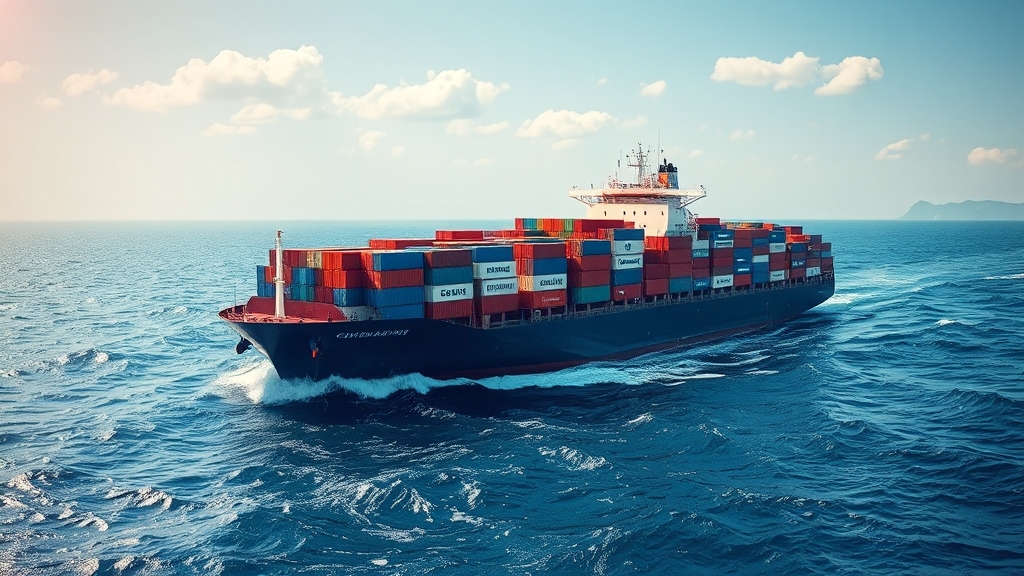





 Afrikaans
Afrikaans Shqip
Shqip አማርኛ
አማርኛ العربية
العربية Հայերեն
Հայերեն Azərbaycan dili
Azərbaycan dili Euskara
Euskara Беларуская мова
Беларуская мова বাংলা
বাংলা Bosanski
Bosanski Български
Български Català
Català Cebuano
Cebuano Chichewa
Chichewa 简体中文
简体中文 繁體中文
繁體中文 Corsu
Corsu Hrvatski
Hrvatski Čeština
Čeština Dansk
Dansk Nederlands
Nederlands English
English Esperanto
Esperanto Eesti
Eesti Filipino
Filipino Suomi
Suomi Français
Français Galego
Galego ქართული
ქართული Deutsch
Deutsch Ελληνικά
Ελληνικά Kreyol ayisyen
Kreyol ayisyen Harshen Hausa
Harshen Hausa Ōlelo Hawaiʻi
Ōlelo Hawaiʻi עִבְרִית
עִבְרִית हिन्दी
हिन्दी Hmong
Hmong Magyar
Magyar Íslenska
Íslenska Igbo
Igbo Bahasa Indonesia
Bahasa Indonesia Gaeilge
Gaeilge Italiano
Italiano 日本語
日本語 Basa Jawa
Basa Jawa ಕನ್ನಡ
ಕನ್ನಡ Қазақ тілі
Қазақ тілі ភាសាខ្មែរ
ភាសាខ្មែរ 한국어
한국어 كوردی
كوردی Кыргызча
Кыргызча ພາສາລາວ
ພາສາລາວ Latin
Latin Latviešu valoda
Latviešu valoda Lietuvių kalba
Lietuvių kalba Lëtzebuergesch
Lëtzebuergesch Македонски јазик
Македонски јазик Malagasy
Malagasy Bahasa Melayu
Bahasa Melayu മലയാളം
മലയാളം Maltese
Maltese Te Reo Māori
Te Reo Māori मराठी
मराठी Монгол
Монгол ဗမာစာ
ဗမာစာ नेपाली
नेपाली Norsk bokmål
Norsk bokmål پښتو
پښتو فارسی
فارسی Polski
Polski Português
Português ਪੰਜਾਬੀ
ਪੰਜਾਬੀ Română
Română Русский
Русский Samoan
Samoan Gàidhlig
Gàidhlig Српски језик
Српски језик Sesotho
Sesotho Shona
Shona سنڌي
سنڌي සිංහල
සිංහල Slovenčina
Slovenčina Slovenščina
Slovenščina Afsoomaali
Afsoomaali Español
Español Basa Sunda
Basa Sunda Kiswahili
Kiswahili Svenska
Svenska Тоҷикӣ
Тоҷикӣ தமிழ்
தமிழ் తెలుగు
తెలుగు ไทย
ไทย Türkçe
Türkçe Українська
Українська اردو
اردو O‘zbekcha
O‘zbekcha Tiếng Việt
Tiếng Việt Cymraeg
Cymraeg יידיש
יידיש Yorùbá
Yorùbá Zulu
Zulu